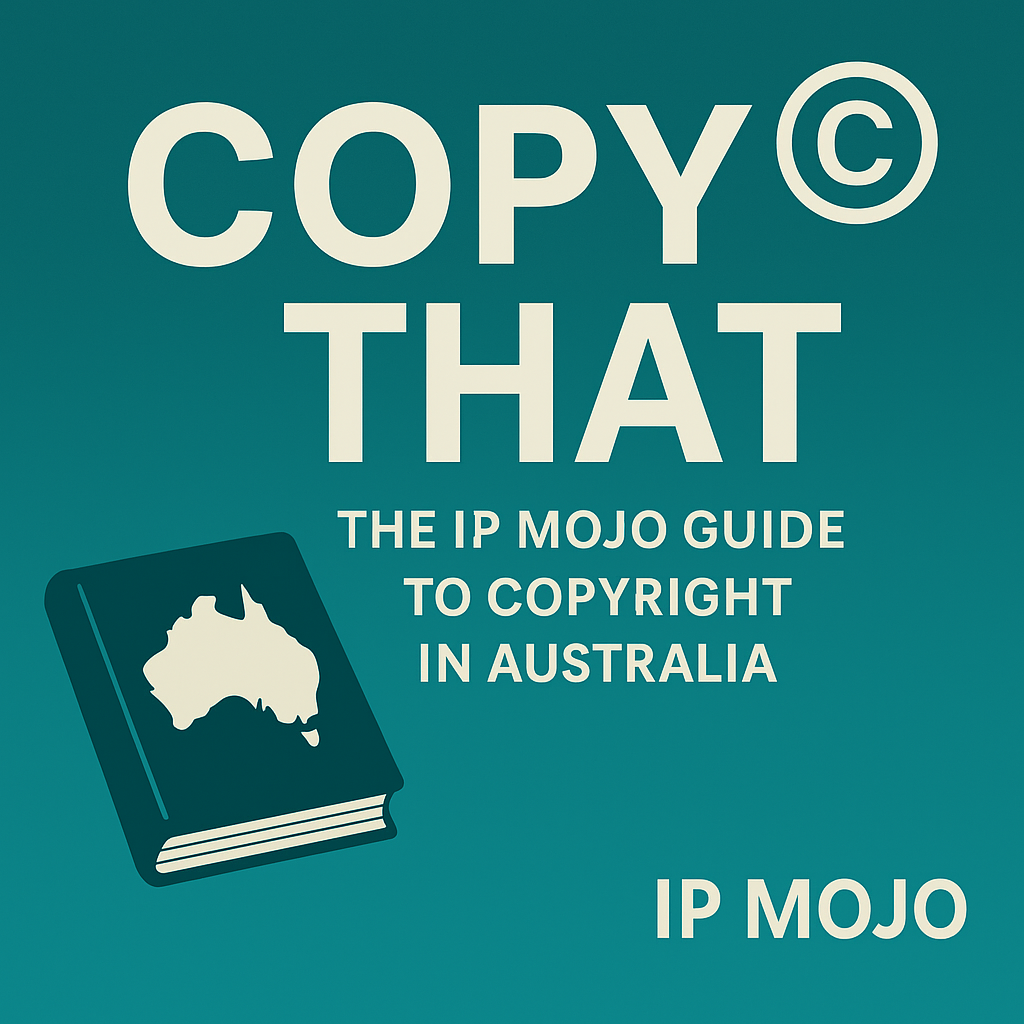Copy That, Part 2 – Who Owns Copyright? Navigating the Rights Minefield
 You wrote it. You made it. You own it… right?
You wrote it. You made it. You own it… right?
Not always.
In Australia, the question of who owns copyright isn’t as simple as “the person who created it”.
The answer depends heavily on how the work was created, who you were working with at the time, and what agreements—if any—were in place. Misunderstanding ownership rules can cause disputes that are far more expensive to fix than they would have been to prevent.
The general rule: the creator owns the copyright
If you sit down at your kitchen table and write a short story, paint a landscape, or compose a song, you own the copyright. No-one else can use it without your permission.
But in the real world, works are often created in the context of a job, a collaboration, or a paid commission—and that’s where the rules get tricky.
When the general rule doesn’t apply
There are a few other specific exceptions under the Copyright Act (for example, certain government works and older commission rules), but for most situations the main ones to watch are:
1. Employees
If you create a work in the course of your employment and as part of your normal job duties, the copyright usually belongs to your employer.
That “in the course of employment” test is important—something you do entirely on your own time, with your own equipment, may well remain yours.
2. Contractors & freelancers
Unlike employees, independent contractors usually retain copyright in their work unless there’s an agreement that transfers it to the client.
That means if you commission a designer to create a logo without a written assignment of copyright, they might still own it, even though you paid for it.
3. Commissioned works
Paying for a work doesn’t automatically make you the copyright owner. The main exception is certain photographs and portraits commissioned for private or domestic purposes—here, the person commissioning the work is the first owner of copyright.
4. Collaborations
Just because two people worked together on a project doesn’t mean they’re joint authors. Joint authorship arises only if each person made a real creative contribution to the work.
Supplying ideas, feedback, or research assistance doesn’t always count.
Why it matters
Getting ownership wrong can leave you unable to stop someone else from using the work you thought was yours—or unable to use it yourself without their permission.
Disputes often arise years later, when the work turns out to have commercial value.
IP Mojo tip: put it in writing
Whether you’re commissioning a work, collaborating on a project, or creating as part of your job, don’t rely on assumptions.
A clear, written agreement about who will own the copyright (and on what terms) is one of the cheapest and most effective forms of IP insurance you can buy.
Next up in our Copy That series:
Part 3 – Economic Rights, Moral Rights, and Beyond
Because copyright isn’t just about money—it’s also about recognition and control.
 Part 1 – Copyright 101: What It Is and Why It Matters
Part 1 – Copyright 101: What It Is and Why It Matters